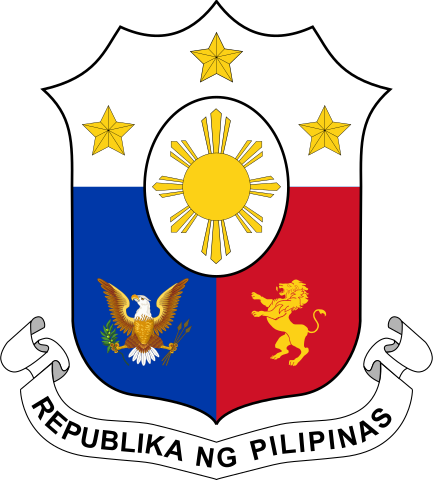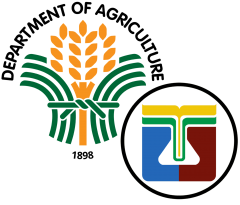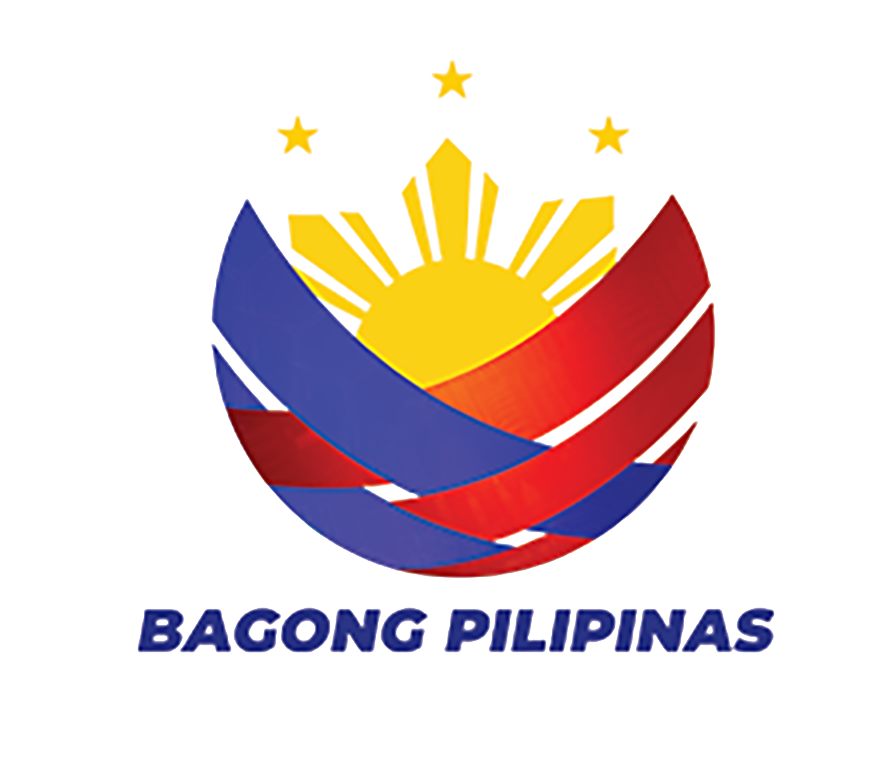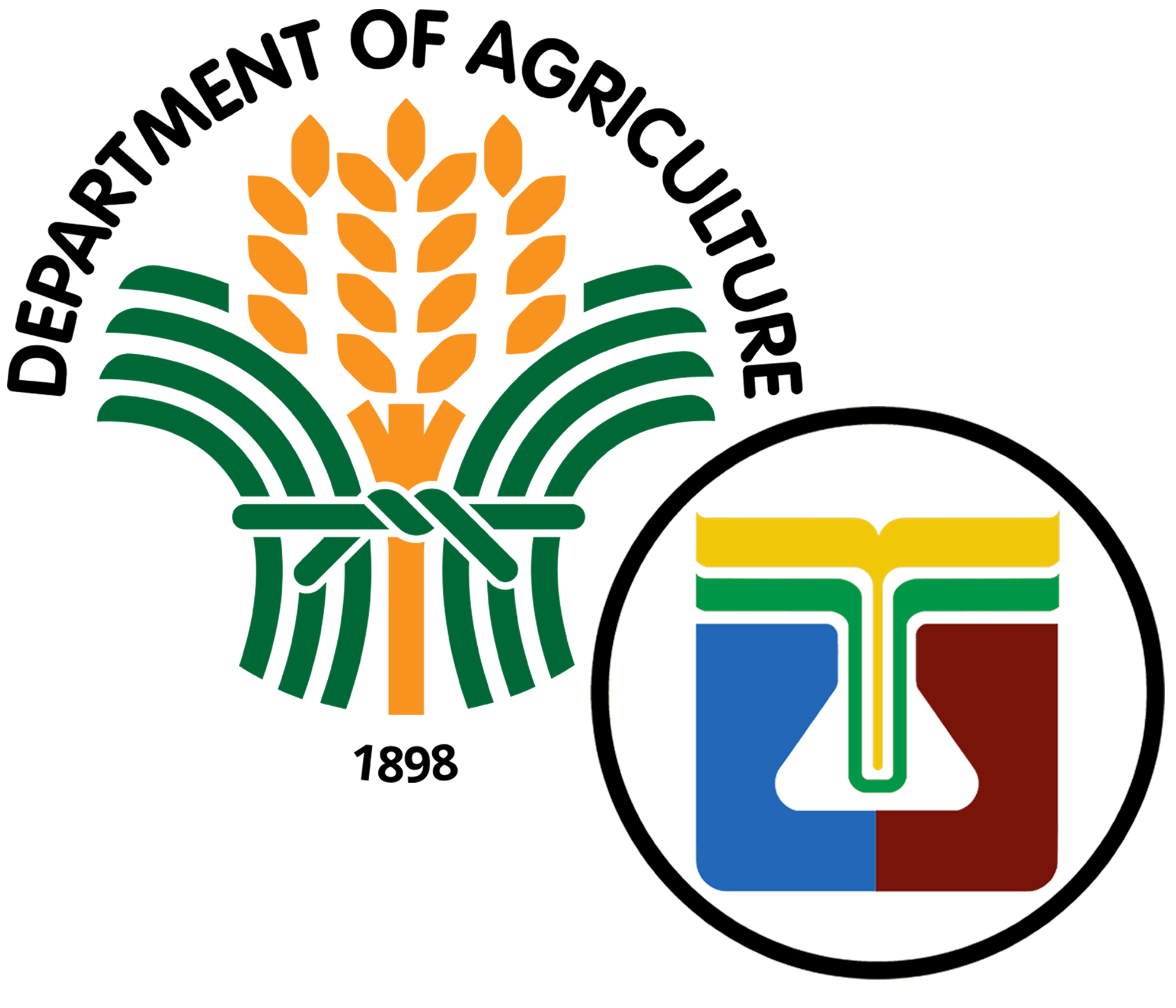Brief Description
Land degradation in the Philippines is largely caused by the susceptibility of its soils to erosion due to the hilly and mountainous landforms in many parts of the country. The widespread clearing of forest lands in steeply sloping and rolling topography leaves the bare soil highly vulnerable to accelerated erosion of topsoil caused by heavy rainfall and consequential erosive force of water run-off. The practice of kaingin ( or shifting cultivation) and other fon11S of unsuitable upland farming in cleared forest areas further worsens the erosion problem and loss of fertile and productive top soils. Land degradation in the Philippines is manifested by (i) the loss of productive topsoil through water erosion, (ii) loss of soil fertility due to over-cultivation, (iii) loss of vegetation cover due to illegal logging and widespread forest tree cutting, and (iv) expansion of slash and bum agriculture in critical slopes. Other kinds of degradation which cover a relatively smaller part of the landscape include (i) water logging due to poor drainage and water management; (ii) soil salinization due to over-harvesting of ground water near coastal areas; and (iii) soil pollution from excessive pesticide application and contamination by industrial and household wastes.
The proposed project would focus principally at the systemic and institutional levels, and hence strengthen the enabling regulatory, institutional and financial framework that would govern efforts to address land degradation in the Philippines. It will mainstream Sustainable Land Management (SLM) policies and programs into the development plans of LGUs through the guidance of government agencies such as Department of Agriculture, Department of Environment and Natural Resources, Department of Agrarian Refom1, Department of Interior and Local Development and Housing and Land Use Regulatory Board to strengthen complementation among these government institutions concerned with land degradation and ensure that the incidence and spread of land degradation in vulnerable ecosystems will be avoided and/or reduced. The project is expected to improve the land productivity and socioeconomic well-being of small farmers. To achieve this, the project will follow a participatory cross-sectoral approach involving all the key stakeholders in project design and implementation. The promotion of SLM measures and technologies for the adoption of vulnerable fanning communities will be the focus of the field investments of the project. Through the establishment of SLM demonstration sites, farmers will be able to learn and adopt various methods of soil conservation farming and water resources conservation that will improve their crop production and income.
Therefore, the project aims to strengthen the SLM frameworks to address land degradation process and mitigate the effects of drought in the Philippines through the following outcomes:
- Outcome 1: Effective national enabling environment to promote integrated landscape management; and
- Outcome 2: Long-tem1 capacities and incentives in place for local communities and LGUs to uptake of SLM practices in two targeted municipality in the Philippines.
Project Documents
IEC Materials
Reports
You may view the project’s reports on our Reports page.
Program Website
You may visit the program website here.



